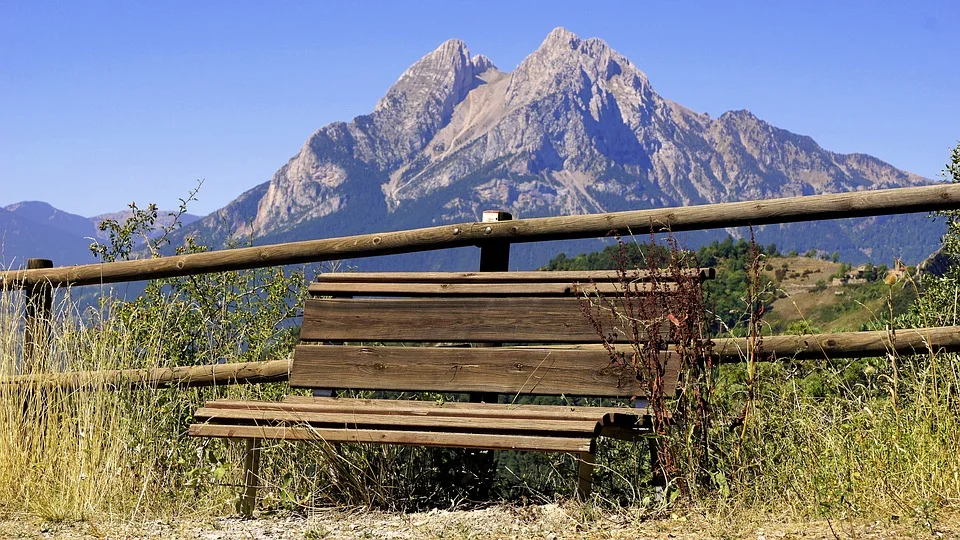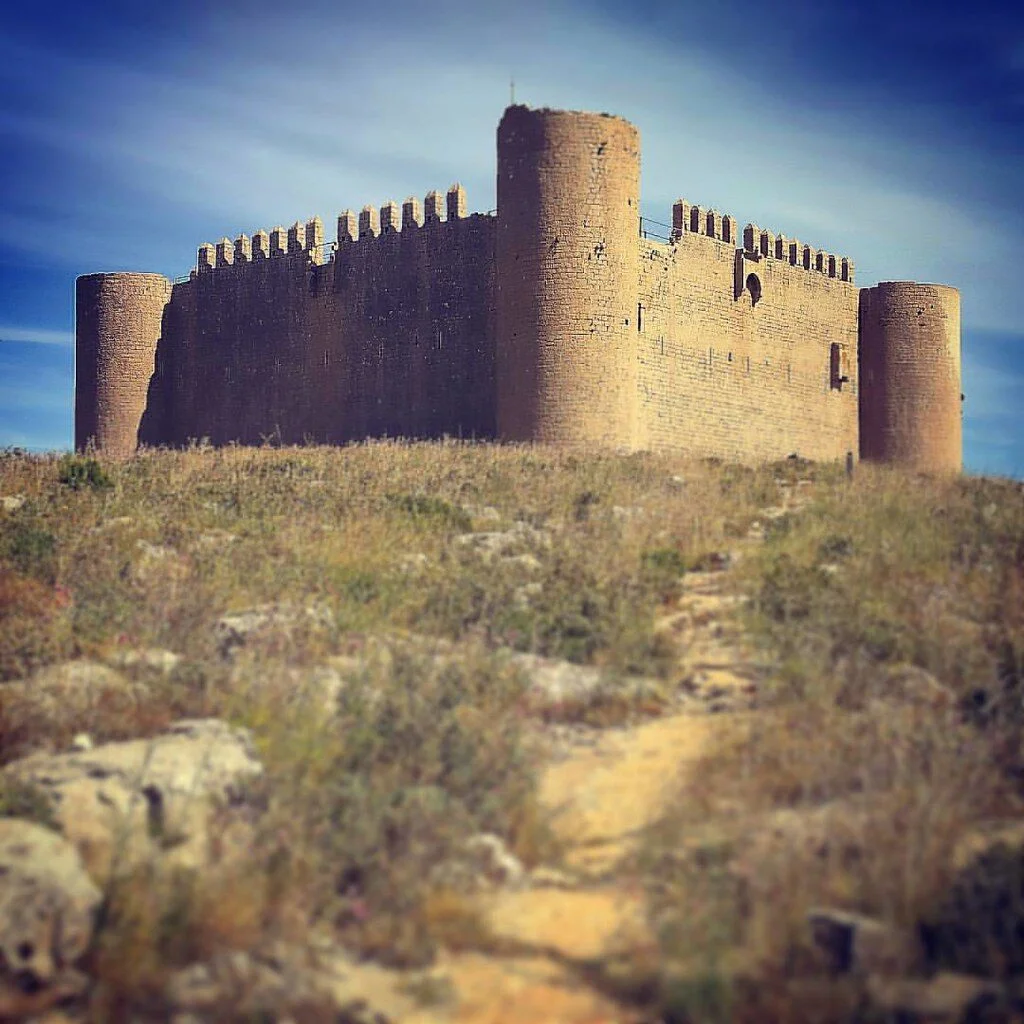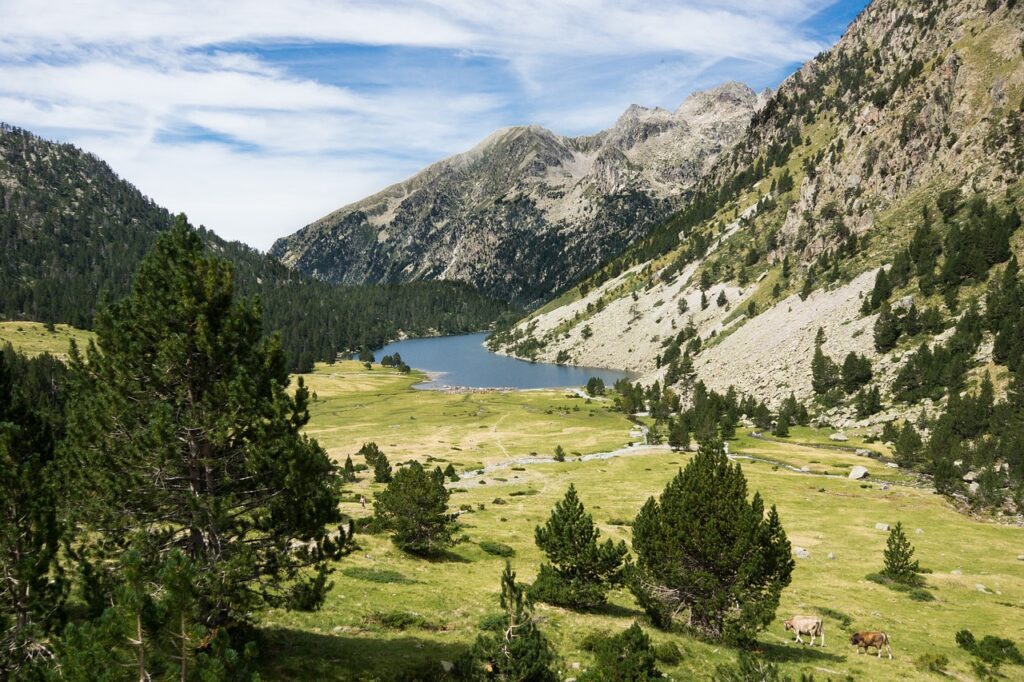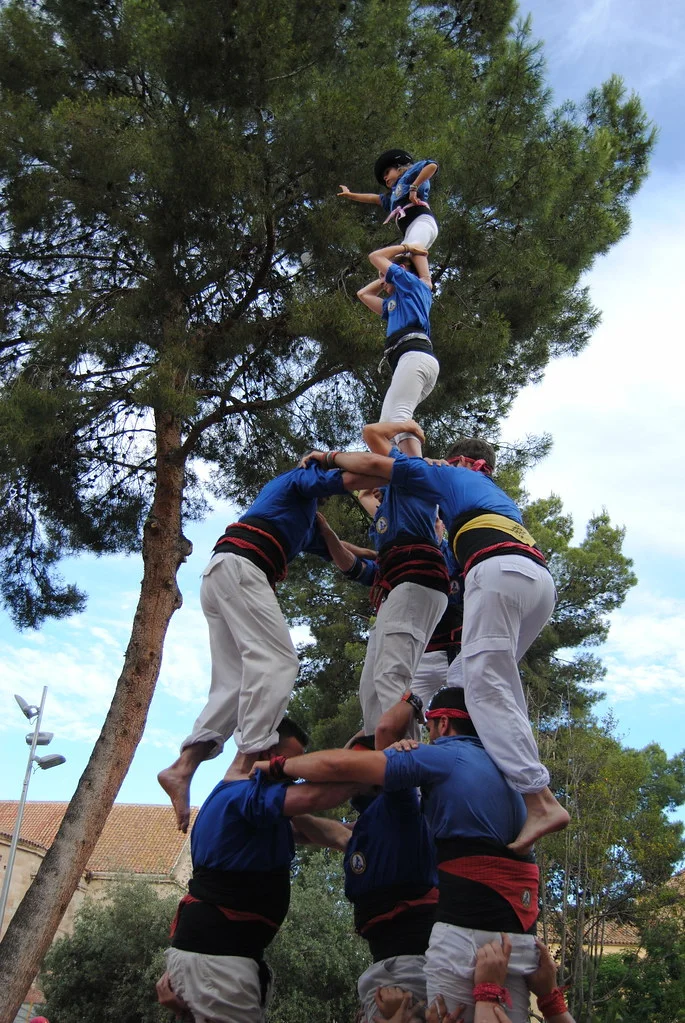© Good Travel Guide,
December 2021
by Andreea Madalina Vornicu
Spain was the 2nd most visited country in the world after France in 2018.
– UNWTO
This guide will show you its hidden gems and lead you to 6 destinations that have been awarded for their excellent initiatives towards sustainable tourism development by Green Destinations. In addition to being inspiring with their Good Practice Stories, these destinations have scored at least 60% compliance with the Green Destinations Core Criteria.
Spain’s landscape diversity is as immense as its cultural heritage. From the remote Pyrenean mountains to the wild Atlantic cliffs ending in the delightful Mediterranean coasts. As for its culture, both ancestral and living, the outcome of a historical crossroad which crystallizes in outstanding gastronomy, great wines and unique architecture and artistic expressions.
This time you will have the chance to…
…practice many outdoor activities, including water and winter sports,
…visit historical buildings with romanesque, gothic and modern architecture
…and experience unforgettable feelings at the local music and art festival.
7 days in Spain without private car
The journey begins in Barcelona, the 2nd biggest city in the country which is easily accessible from anywhere in the world. Even though not part of our sustainable destinations, you might consider enjoying Gaudi’s pieces of art.
The itinerary is going to lead you to 6 very diverse green destinations, among beaches and estuaries, mountains, and tiny coastal towns.
Please note that this itinerary is a suggestion and is very flexible. Spain offers good railway systems that connect each major city and many bus rides to smaller towns and villages. You might also consider car-sharing as an option since it is very common in Spain. Moreover, if you choose AVE trains to travel, you can get discounts for cultural visits and get to know some of the most important Spanish cities (check it out).
Please check the latest news about COVID-19 restrictions here.
When is it best to visit Spain? Anytime!
Fortunately, it has a warm climate during the whole year, but going to mountain tops is also possible to enjoy soft snow in winter.
DOWNLOAD THE GUIDE HERE
¿ Listos ? ¡ Vamos !
Day 1. Berguedà
How to get there?
- Direct bus (ALSA) from Barcelona Nord bus station to Berga
- Duration: 1h 40′ (2h to return)
- Approximate cost: 29€ (29€ to return)
With a surface of 1.184,89 km², Berguedà is full of natural and cultural heritage. It is one of the 41 comarcas of Catalonia and is located in the pre-Pyrenees.

Starting with the Cadí Moixeró Natural Park, two mountain ranges, where you can see an iconic peak, the Pedraforca. Its forked shape is covered with legends and a long tradition of climbing and hiking (find out more outdoor activities here). At its Astronomy Centre, you can observe a very dark sky.
Many colonies for the textile, coal mining and cement factories were settled here in the XIX century, and you can learn about them at many museums, like Museu de la Colònia Vidal. Likewise, the site of Fumanya offers educational activities about dinosaurs.
Moreover, La Patum and La Fia-faia are two unique folk festivals, that have been declared as World Heritage by UNESCO. The first one is held in May and the second one on the 24th of December, though they are Christine celebrations they were initially related to the Summer and Winter solstices.
Day 2. Torroella de Montgrí-l’Estartit
How to get there?
- Direct bus (SARFA) from T1 or T2 Barcelona Airport to Torroella de Montgri station
- Duration: 3h 20′ (3h 30′ to return)
- Approximate cost: 24.15€ (24.15€ to return)
Torroella is a former royal town located at the foot of the Montgrí massif, where you can admire charming medieval and renaissance buildings, such as the Church of Sant Genís, the Torre de les Bruixes “Witches Tower” and the Montgrí Castle. And the Montgrír Natural Park is around the city (find out plenty of walking and cycling routes to visit it here). Music is another important feature of this destination: sardana‘s dancing was born here and many composers made Torroella a renowned music center, like Pere Rigau who founded one of the oldest local orchestras.
L’Estartit is one of the few resorts of Costa Brava which got a Quality Coast Gold Award in 2019. Here you can learn ancient fishing techniques or try some water sports, like sailing, kayaking, paddle surfing, windsurfing, and kitesurfing. In the background there are the Medes Islands, which are one of the most important marine flora and fauna reserves in the Western Mediterranean.
All of that heritage is encapsulated at the Museum of the Mediterranean, where you can immerse yourself in Catalan history. It is also free to enter.

Photo by darrenjforde.
Day 3. Terres de l’Ebre
How to get there?
- Direct bus (HIFE) from T1 Barcelona Airport to Amposta or to Tortosa
- Duration: 2h 10′ or 2h 5′ (2h 10′ or 2h 5′ to return)
- Approximate cost: 22.35€ (35.55€ or 31.25€ for roundtrip)
Terres de l’Ebre is the third stop on the list. It is a region made of four Catalan counties, which are Montsià, Baix Ebre, Ribera d’Ebre and Terra Alta. The latter is famous for its ancient tradition of wine production, but all link to the Ebro River offering several landscapes.
Ebro’s river basin is a magic place and its delicate habitats are protected by the Terres de l’Ebre Biosphere Reserve (a UNESCO Heritage since 2013). Its delta is close to Amposta and here you can have some birdwatching, admiring wild flamingos, or walk along to discover the old salt ponds of Saint Antoni near la Tancada lagoon or visit the Ecomuseo.
Tortosa is 20-minutes bus ride away from Amposta. Besides being rich in gothic and art nouveau architecture, this city hosts many fortifications, including an air-raid shelter in the Garrofer neighborhood. Go back in time and participate in the Festa del Renaixement, a living history event of the XVI century, during the 3rd weekend of July.

Day 4-5. Pallars Jussà Region
How to get there?
- Bus (ALSA) from Barcelona Nord station to Tremp
- Duration: 3h 55′ (4h to return)
- Approximate cost: 29€ (51.15 € roundtrips)
- (May-Oct.) train from Barcelona Sants to Lleida, then take a vintage or modern panoramic train (“Tren dels Llacs“) from Lerida to La Pobla de Segur.
- Duration : 3h (3h 20′ to return)
- Approximate cost : 17.40 € (17.40 € to return)
Welcome to Pallars Jussà Region, our last destination in Catalonia. It locates in the Pyrenees and is characterized by its contrasts: from agricultural plains to extensive forests, high mountains, lakes, reservoirs and rushing rivers.
Considering the distance, we suggest you spend at least one night at Pallars Jussà. There, you can admire landscapes that vary from the Mediterranean to the high mountains, which are included in the Aigüestortes i Estany de Sant Maurici National Park. Among the many outdoor activities, you can enjoy a wide network of paths or board their cable car to reach a 2,200 meters high peak. Note that it only runs from July to September (more info).
Strategically positioned, there are several border castles and Orcau Castle is one of them. It was built in the XI century to have visual control over the area of the Tremp basin and Conca Dellà at the border between the County world and Al-Andalus. Another remarkable feature is the local romanesque art. Many medieval churches were built and decorated with this style, like Santa Maria de Mur.

During your second day at Pallars Jussà Region, you can visit Tremp which is the capital of this county. It is an important commercial and service hub of the area, but it also hosts much valuable cultural and natural heritage. The Santa Maria de Valldeflors collegiate church is one of the oldest buildings of the town, build in the XI century and refurbished with gothic style. Other interesting attractions are the old hospital from the 16th century and the Romanesque Sant Jaume bridge, refurbished at the beginning of the 18th century.
Within the Municipality, you can also discover small and ancient villages which keep alive traditional architecture made with local stones. Finally, if you come here in winter, don’t miss the Dance of Contrapàs festival that happens every year on the 17th of January. It is about a folk dance that precedes the current Sardana. Another unique event is the castell, a human tower traditionally built at festivals in Catalonia, the Balearic Islands and the Valencian Community. It has been declared a World Intangible Heritage by UNESCO in 2010.

Photo by Cargolins.
Day 6-7. Menorca (Option 1)
How to get there?
- Direct ferry from Barcelona port to Mahón port or to Ciutadella
- Duration: 8h 45′
- Approximate cost: 46€ or 53€ for the second port
Menorca comes next. It is part of the autonomous community of the Balearic Islands and its name refers to its smaller size compared to the island of Mallorca. Menorca became a UNESCO Biosphere Reserve in 1993 for preserving its natural heritage and historical treasures while harmonizing socio-economic development.
There are over 1500 talayotic monuments which are made of very large stones assembled without mortar. These ceremonial sites and other funeral prehistoric monuments are scattered on the island, like Torre d’en Galmés which is very close to Alaior and Mahón on the road to Son Bou.
The Maó Harbor is unique of its kind. It hosts two islands, the Island of the King and Quarantine (or Lazareto) Island, both featuring constructions from the 18th century, and many fortresses, like the mid-16th century castle of San Felipe and Fortress of Mola that was built in the late XIX century. Experience a night tour made of uniformed actors, torches, and cannon fire.

During your second day in Menorca, you can adventure on one of the most incredible tracks, the Camí de Cavalls. It was preserved since ancient times to patrol the Island and is usually marked by whitewashed stones. Explore it on foot, by bike, or on horseback. This itinerary can bring you to some incredible beaches full of vegetation, like Sa Mesquida. There you can see a defensive tower built by the British in the 18th century. If you want to enjoy warm sea baths you can do it from May to late September.
In the Minorcan tradition, it is common to have “rondalles”, i.e. fantasy tales, and “glossadors” which are battles of poets. Don’t miss one of these venues if you want to get a stronger connection with the local culture.
Unfortunately, there isn’t much time left. Enjoy the rest of your stay with some traditional seafood (like caldereta de langosta, i.e. lobster stew) and other zero-kilometer seasonal products, like cheese. In 2022 Menorca will celebrate its cuisine as a European Region of Gastronomy.
Day 6-7. Noja (Option 2)
How to get there?
- Train from Barcelona Sants Station to Bilbao Abando Station, then take a bus from Bilbao Intermodal to Noja
- Duration: 8h 30’/9h
- Approximate cost: 50 € (or 13.5 € with Interrail, more info)
On your last days in Spain, you can also choose to visit Noja. It is a beautiful coastal town in Cantabria located between Santander and Bilbao overlooking the Atlantic Ocean.
75% of the territory is a wetland that is protected by the Natural Park of the Santoña, Victoria and Joyel Marshes, where many species of birds and fishes use it as a winter refuge and migratory passage. There are two wild beaches, Ris and Trengandín, with fine golden sand where you can practice many water sports (for more info click here) or go around la Ruta de la Costa.
El Molino de las Aves is close to Trangadin beach. It is a tide mill from the XVII century which functions as an education hub of nature. It is the right place to observe more than 50 bird species.
Finally, there are some beautiful masons that can be visited in Noja, such as the Baroque Casa para Obdulia Bonifaz from the XVII century which was restyled in 1914.

¡Hasta pronto!
On your way back home you can reach the International Airport El Prat in Barcelona or Barajas Airport in Madrid, which is 7 hours and 30 minutes by public means of transport away from Noja. You can also go to Palma de Mallorca Airport if you end your journey in Menorca.
This concludes our guide. Thank you for reading!
We really hope to have inspired you to travel to Spain in a responsible way.
Visit this page to learn more about the Spanish green destinations.
Fortunately, it has a warm climate during the whole year, but going to mountain tops is also possible to enjoy soft snow in winter.
DOWNLOAD THE GUIDE HERE




